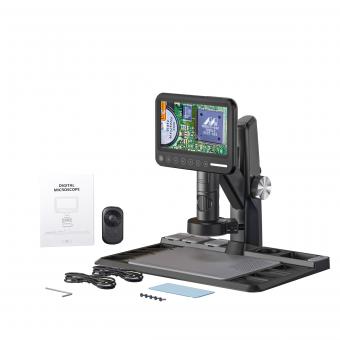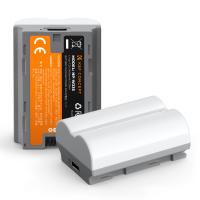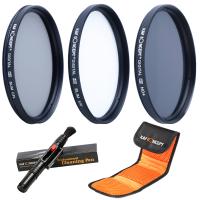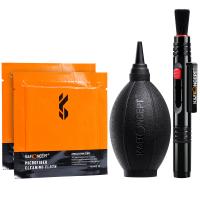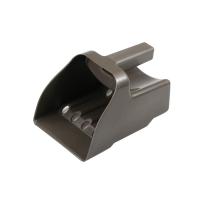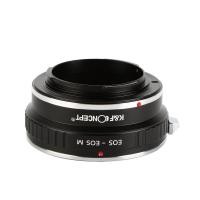What Is The Coarse Focus On A Microscope ?
The coarse focus on a microscope is the adjustment knob that moves the objective lens up and down to bring the specimen into approximate focus. It is used to make large adjustments to the focus of the microscope, allowing the user to quickly bring the specimen into view. The coarse focus knob moves the stage up and down, which in turn moves the objective lens closer to or further away from the specimen. This adjustment is typically made first, before fine-tuning the focus with the fine focus knob. The coarse focus knob is usually larger and located on the outermost part of the microscope body, making it easy to locate and use.
1、 Definition of coarse focus

The coarse focus on a microscope is the mechanism that allows the user to adjust the distance between the objective lens and the specimen being observed. This adjustment is made by moving the stage up or down using a coarse focus knob. The coarse focus knob is typically larger and located on the side of the microscope, making it easier to manipulate.
The purpose of the coarse focus is to bring the specimen into focus at a low magnification. Once the specimen is in focus, the user can then use the fine focus knob to make small adjustments and achieve a sharper image. The coarse focus is particularly useful when first examining a specimen, as it allows the user to quickly bring the specimen into view and make initial observations.
In recent years, advances in microscope technology have led to the development of automated focusing systems that can quickly and accurately adjust the focus of the microscope. These systems use algorithms to analyze the image and make adjustments based on the characteristics of the specimen being observed. While these systems are more expensive than traditional microscopes, they can save time and improve the accuracy of observations.
2、 Function of coarse focus knob
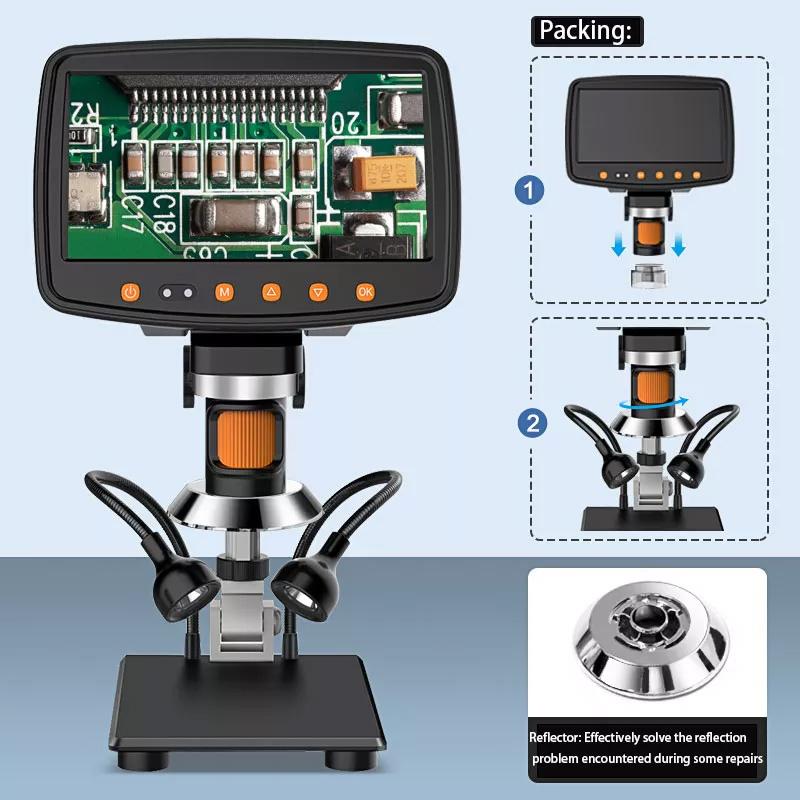
The coarse focus on a microscope is a mechanism that allows the user to adjust the distance between the objective lens and the specimen being observed. This adjustment is made by moving the stage up or down using a knob located on the side of the microscope. The coarse focus knob is typically larger and easier to manipulate than the fine focus knob, which is used for more precise adjustments.
The function of the coarse focus knob is to quickly bring the specimen into focus by adjusting the distance between the objective lens and the specimen. This is particularly useful when first locating the specimen or when switching between specimens of different sizes or thicknesses. Once the specimen is roughly in focus, the fine focus knob can be used to make more precise adjustments and bring the specimen into sharp focus.
In recent years, there has been a shift towards digital microscopes that use cameras and software to capture and analyze images. While the basic function of the coarse focus knob remains the same, the way in which it is used may differ. For example, some digital microscopes allow the user to adjust the focus using a mouse or touch screen interface, rather than a physical knob. Additionally, some digital microscopes may automatically adjust the focus based on the characteristics of the specimen being observed.
3、 Types of microscopes with coarse focus
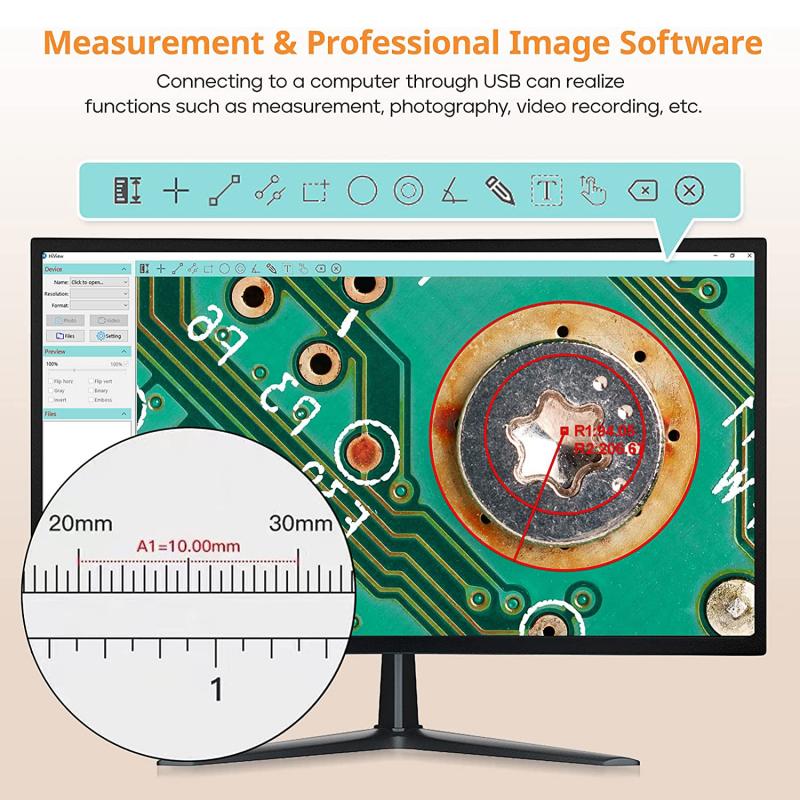
What is the coarse focus on a microscope?
The coarse focus on a microscope is a mechanism that allows the user to adjust the distance between the objective lens and the specimen being observed. This adjustment is made by moving the stage up or down using a coarse focus knob. The coarse focus knob is typically larger and easier to manipulate than the fine focus knob, which is used for more precise adjustments.
Types of microscopes with coarse focus:
There are several types of microscopes that utilize a coarse focus mechanism. The most common types include compound microscopes, stereo microscopes, and digital microscopes.
Compound microscopes are the most widely used type of microscope in laboratories and classrooms. They use a series of lenses to magnify the specimen and typically have a coarse focus knob located on the side of the microscope.
Stereo microscopes, also known as dissecting microscopes, are used for viewing larger specimens at lower magnifications. They have two eyepieces and a larger working distance than compound microscopes, making them ideal for dissection and manipulation of specimens. The coarse focus knob on a stereo microscope is typically located on the top of the microscope.
Digital microscopes are a newer type of microscope that use a camera to capture images of the specimen. They often have a coarse focus knob located on the side of the microscope, similar to a compound microscope.
In recent years, there has been a trend towards using digital microscopes with automated focusing mechanisms. These microscopes use software to automatically adjust the focus, eliminating the need for manual adjustments. This technology has made microscopy more accessible and user-friendly for a wider range of users.
4、 Proper use of coarse focus knob

The coarse focus on a microscope is a mechanism that allows the user to adjust the distance between the objective lens and the specimen being observed. This adjustment is necessary to bring the specimen into focus and obtain a clear image. The coarse focus knob is typically located on the side of the microscope and is used to move the stage up and down.
Proper use of the coarse focus knob is essential to obtain a clear and accurate image of the specimen. It is important to use the coarse focus knob only when the objective lens is in the lowest position. This will prevent damage to the lens and ensure that the specimen is in focus. The coarse focus knob should be turned slowly and gently to avoid jarring the specimen or causing it to move out of focus.
In recent years, there has been a growing emphasis on the importance of proper microscope technique in scientific research. This includes the proper use of the coarse focus knob. Researchers are encouraged to take the time to learn how to use the microscope properly and to follow established protocols for specimen preparation and observation. This will help to ensure that their results are accurate and reliable, and that they can be replicated by other researchers in the field.














